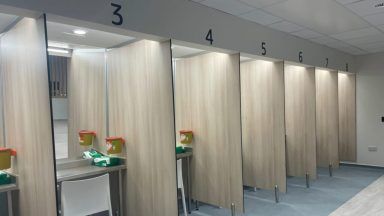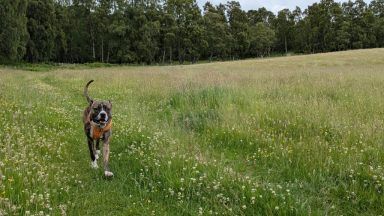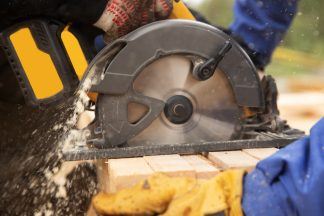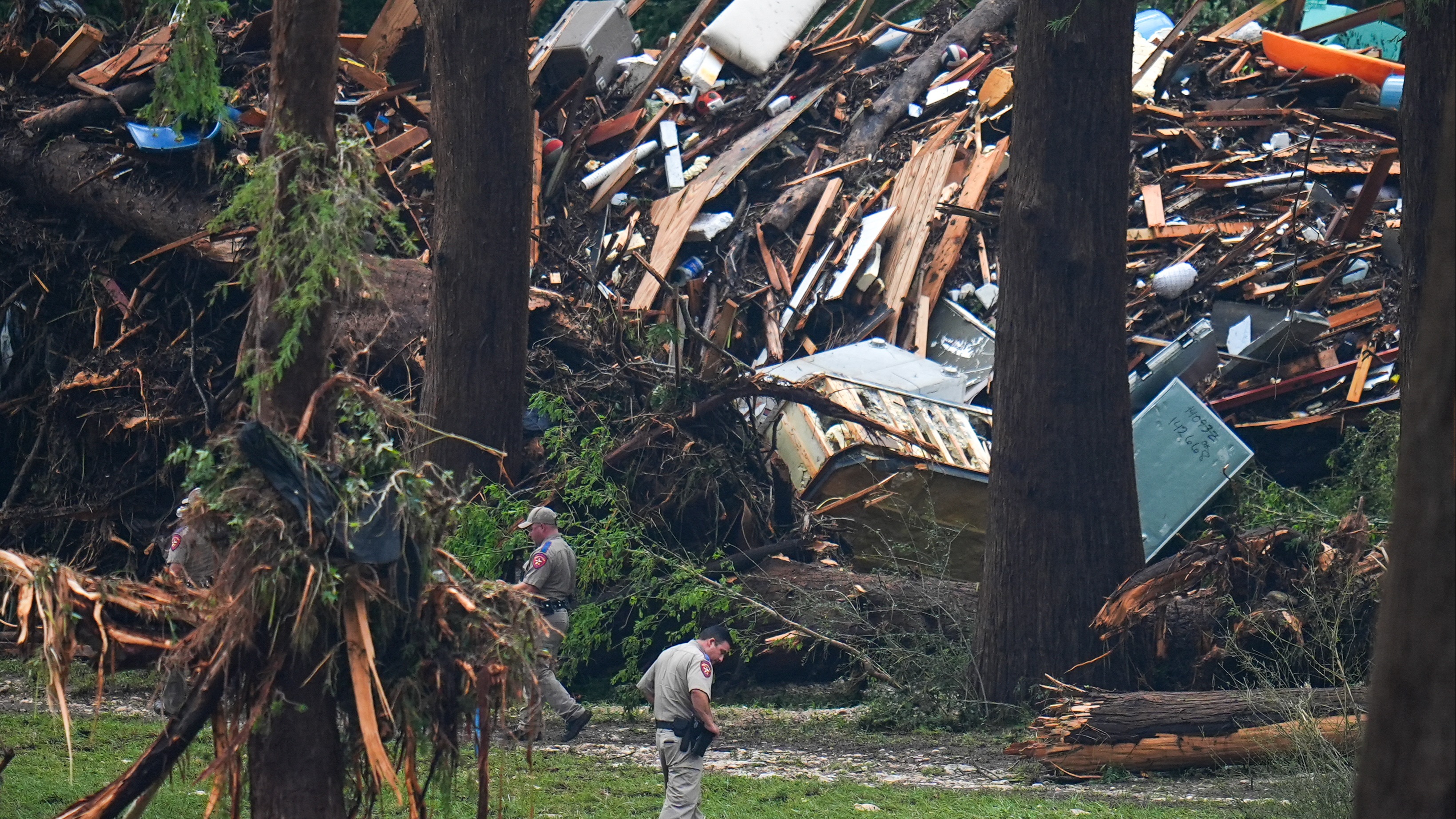Dedicated volunteers have endured working in sub-zero temperatures to transform a crumbling 100-year-old building into a remote bothy in the Highlands.
The building, named Druimnashallag, is located south east of Oban and north of Lochgilphead on land managed by Forestry and Land Scotland (FLS).
Volunteers from the Mountain Bothy Association (MBA) have been working for 18 months in challenging conditions to build new foundations, walls, lintels and gables.
Now, the project has reached the building stage and is “starting to resemble a bothy, minus the roof”.
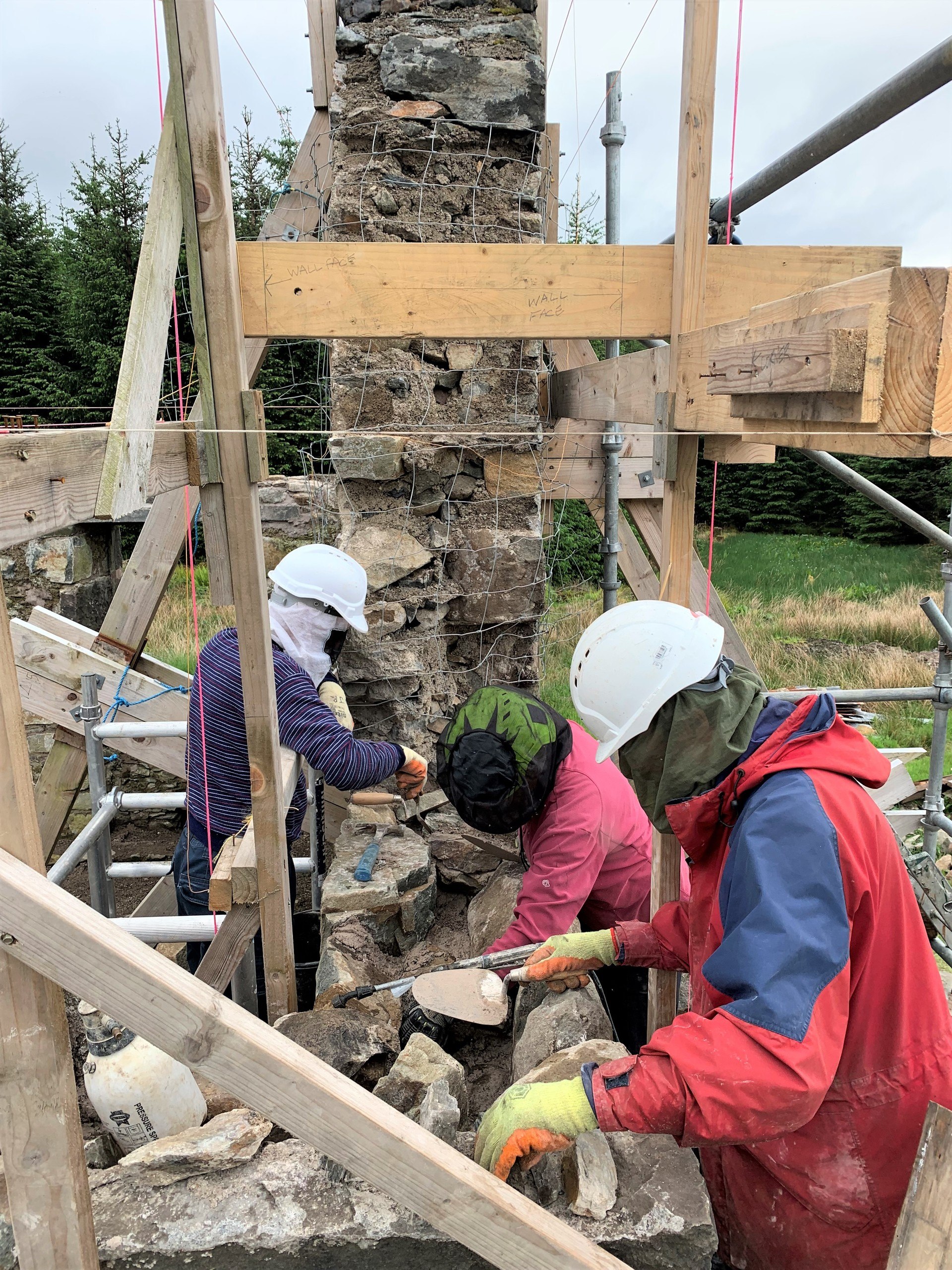 Supplied
SuppliedThe building, which was once hidden away in the middle of a forest on Scotland’s west coast, was first built in 1891 and was last occupied around 70 years ago.
FLS said the building was slowly “falling into ruin and faced the threat of demolition” until its potential as a bothy was identified and licensed to the MBA.
The bothy is expected to open in late 2026 and will feature two internal rooms with an open fire and sleeping platform.
The building’s byre roof will be designed and constructed to encourage bats and owls to live there.
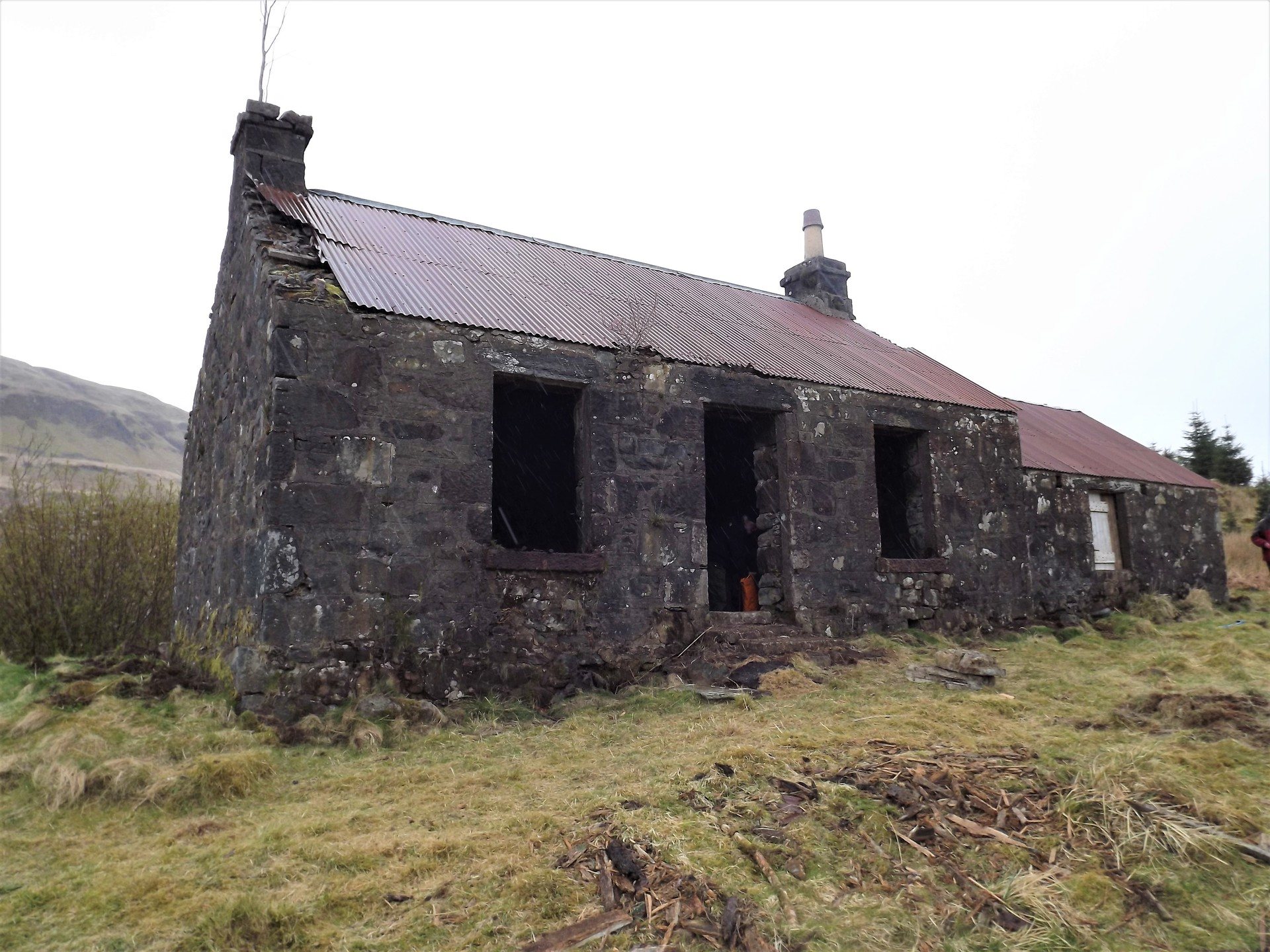 Supplied
SuppliedRaymond Mundie, FLS’s area Land agent, said the volunteers’ “inspiring” work is paying off.
“Faced with the prospect of demolition because it presented a potential risk to members of the public, the building is getting a new lease of life,” he said.
Mr Mundie added that he is hopeful that the building will provide shelter and comfort for people exploring the area when the roof is put on.
“The project and licence process is a great example of how FLS can support and enable groups of interest to utilise surplus assets and resources to achieve their goals on Scotland’s national forest and land in a safe and appropriate way,” he added.
Peter Rowell, for the MBA, said the team managed to crack on with the work during a spell of good weather while the rest of the UK suffered from heavy rain.
“The latest work party aimed to complete the walls and as much of the gable end as possible. With the good weather and the determination of our volunteers, we were able to achieve this. It really is starting to resemble a bothy, minus the roof,” he said.
Mr Rowell said 41 different volunteers have taken part in the restoration project and have worked in “sub-zero” temperatures.
“It has and continues to be hard work, but listening to the bellow of rutting stags echoing in the glen, hearing the geese calling out to each other as they fly overhead and spotting pine martin scat on the path are all reminders why this place will be so special when it’s completed,” he added.
Follow STV News on WhatsApp
Scan the QR code on your mobile device for all the latest news from around the country


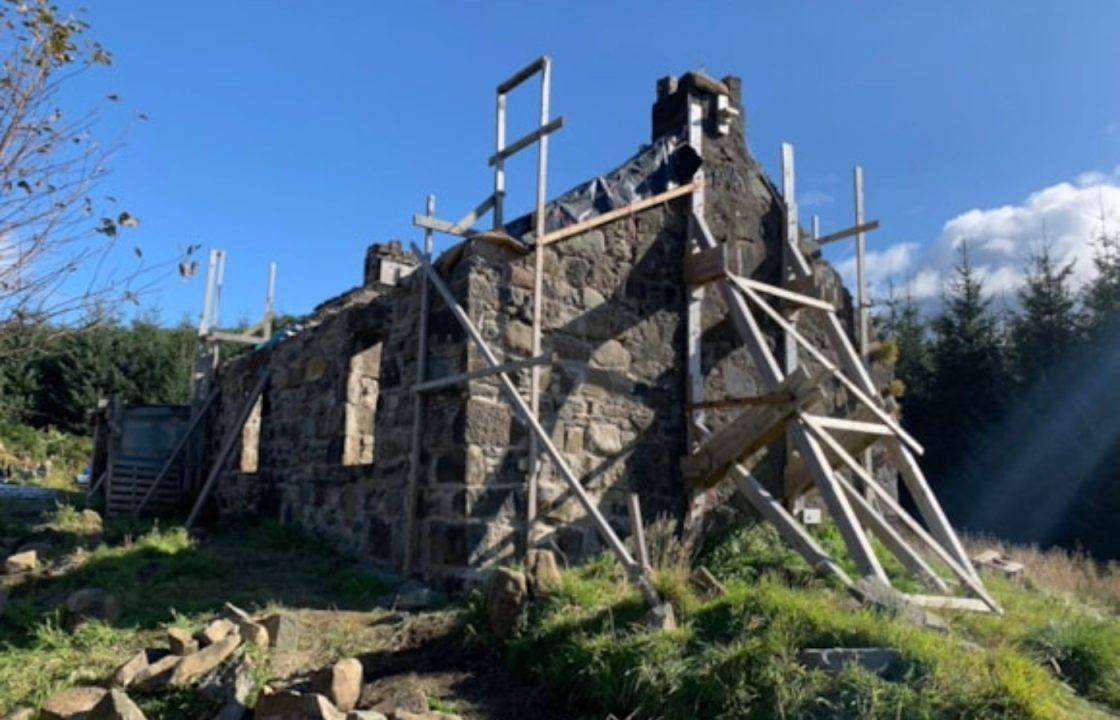 Supplied
Supplied










